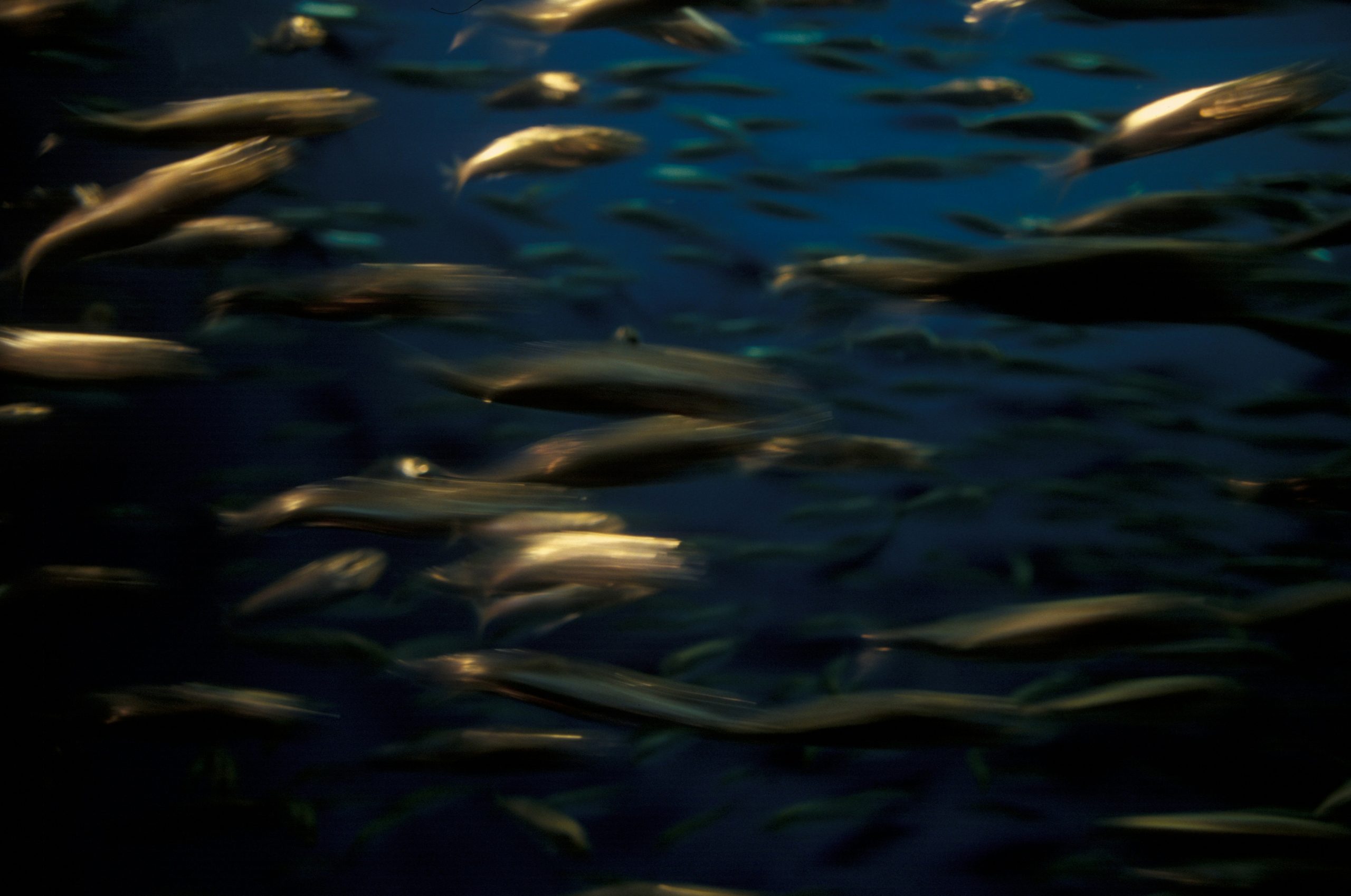7 de agosto de 2025

The North Pacific Fisheries Commission (NPFC) is one of the youngest Regional Fisheries Management Organizations (RFMOs), established in 2015. Its objective is to ensure the long-term conservation and sustainable use of fishery resources in the Convention Area while protecting the marine ecosystems of the North Pacific Ocean where these resources are found.
Since 2018, I have participated in NPFC Scientific Committee (SC) meetings and its subsidiary group meetings, witnessing how the NPFC has progressed toward a science-based management framework through collaborative scientific efforts among its members. This progress is particularly evident in the stock assessment and management of two NPFC priority species—Pacific saury (Cololabis saira) and Chub mackerel (Scomber japonicus).

The NPFC SC has been enhancing its understanding and capacity to develop management strategy evaluation (MSE) for its priority species since 2019. Each year, the NPFC SC nominates and provides financial support for SC representatives to attend relevant scientific training sessions and meetings, fostering their expertise in this field. In February 2025, I was nominated and selected as an SC representative to participate in a one-week capacity building activity organized in collaboration with Blue Matter Science in Vancouver, Canada. This capacity building activity aimed to develop a stock assessment model and MSE framework for another NPFC priority species—Neon flying squid (Ommastrephes bartramii). The Small Scientific Committee on Neon Flying Squid (SSC NFS), established in 2024, is still in its early stages but is committed to developing a science-based approach to management of the species. To date, only two SSC NFS meetings have been held to assess the fishery status and evaluate data availability among NPFC members.
Before traveling to Vancouver, I reviewed the available data and confirmed that annual catch and catch per unit effort (CPUE) data were available and sufficient to support the development of a type of assessment model called a surplus production model under data-moderate conditions. This was significant since people often think of squid fisheries, like other short-live species, as data-poor. I attempted to fit surplus production models (i.e., SPiCT) to both the winter-spring and autumn cohorts of Neon flying squid, but only the model for the autumn cohort successfully met the diagnostic criteria for acceptable model performance.
During my visit to Vancouver, I received technical guidance from Blue Matter Science scientists—Drs. Tom Carruthers, Adrian Hordyk, and Quang Huynh—to develop an MSE framework for Neon flying squid using their OpenMSE package. We constructed and conditioned an age-structured operating model (OM) in OpenMSE to align with the SPiCT-derived biomass and harvest rate estimates for the autumn cohort. Additionally, we designed catch- and effort-based harvest control rules (HCRs) to evaluate the performance of output versus input controls.
To approximate the 12-month lifespan of this species in the OpenMSE age-structured OM, we specified high mortality rates to effectively remove each cohort from the population after age-1.
Through closed-loop simulations using the OpenMSE package, we evaluated the management trade-offs between constant catch/effort HCRs and index-based empirical HCRs for the NFS autumn cohort. Our results demonstrate that effort control exhibits greater resilience than catch control, with maintaining current effort levels showing a 62.55% probability of sustaining stock biomass above current levels after 20 years while simultaneously maintaining a 62.65% probability of catches exceeding current levels.

The findings of this study are preliminary because certain input data and parameters remain to be finalized. We recommend that the SSC NFS collect and share finer catch and effort data to develop a monthly time-step OM for Neon flying squid, enabling more precise evaluation of seasonal biological and fishing dynamics. Such finer data would significantly improve in-season management assessments by allowing simulation of fisheries dynamics at finer temporal scales and better evaluation of management approaches using previous year’s data – though we note these have limited value for short-lived species since last year’s data contain no information about subsequent cohort abundance, so in-season management would be worth testing. Additionally, OpenMSE’s multi-stock modeling capability could facilitate development of a joint model integrating both autumn and winter-spring stocks to evaluate comprehensive management procedures for NFS fisheries.
Given the limited capacity within the NPFC SC, I hope established modeling packages like OpenMSE can be applied to more NPFC priority species – particularly Pacific saury and Chub mackerel – to help transition the NPFC toward modern, MSE-based management systems.